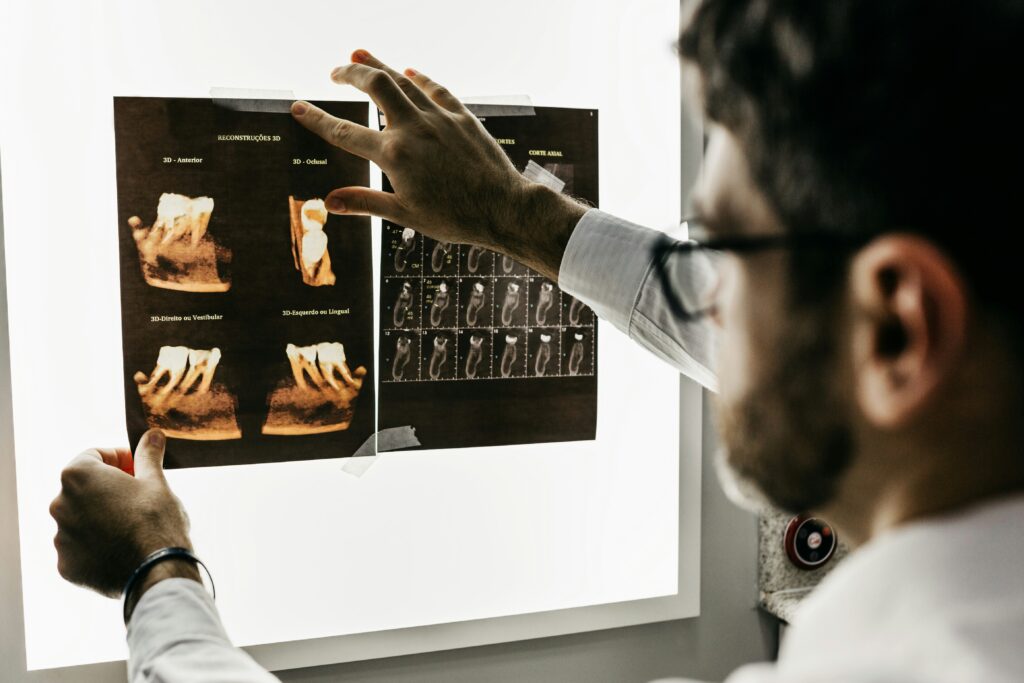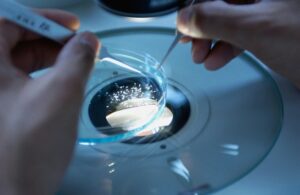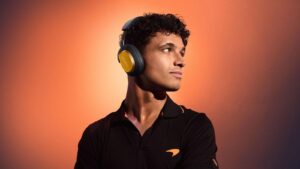
A groundbreaking study has provided the first visual evidence that brain circuits in living animals can be activated using ultrasound waves projected into specific patterns, akin to holograms. This innovative research, led by scientists at NYU Langone Health and the University of Zurich and ETH Zurich in Switzerland, could pave the way for novel treatments for neurological diseases and mental health disorders.
The study describes a sophisticated system that combines ultrasound wave sources with a fiber scope connected to a camera, allowing researchers to visualize brain targets in study mice that are directly activated by sound. This marks a significant step forward in non-invasive medical treatments, offering a potential alternative to current methods that involve more invasive procedures.
Revolutionizing Neurological Treatments
Currently, the Food and Drug Administration has approved applications that use intense sound waves to reduce tremor symptoms in Parkinson’s disease by destroying neurons within neural pathways linked to tremors. However, the new study’s approach uses lower-intensity ultrasound waves to temporarily activate neurons instead of destroying them. This method could have widespread effects, as neurons relay messages within their circuits and between interconnected circuits.
Direct observation of this technology, known as transcranial ultrasound stimulation (TUS), in a living brain has been challenging. Traditional lab studies on neurons in dishes fail to accurately reflect how ultrasound waves travel through the skull or behave in three-dimensional tissue. For TUS therapy to be both safe and effective, researchers emphasize the need for precise targeting and calibration of ultrasound waves to penetrate the skull without damaging delicate brain tissue.
Visualizing Brain Activation
Published in the journal Nature Biomedical Engineering on July 7, the study involved experiments that accurately replicated how an activated neuron in one part of the brain can affect connected circuits. “Our work shows that activating entire sets of neural networks with transcranial ultrasound stimulation in a living mouse brain is possible,” said co-senior author Shy Shoham, PhD.
Daniel Razansky, PhD, the other co-senior author at the University of Zurich and ETH Zurich, collaborated with Shoham to explore the potential of TUS. “By focusing on circuits of neurons distributed across brain regions, TUS leverages interconnections within the circuits to make targeted neurons 10 times more sensitive to ultrasound,” Shoham explained. This discovery could make the technique more efficient and safer, potentially revolutionizing future transcranial ultrasound stimulation treatments.
Innovative Methodology
To study circuit activation in an intact brain, researchers needed to target multiple brain regions with sound waves while monitoring which neurons were activated. Under Shoham and Razansky’s guidance, a helmet-shaped array of 512 ultrasound emitters was positioned above the mouse’s head. This array, developed by the Swiss team, created holograms from ultrasound waves, similar to how interfering light waves create three-dimensional images.
As neurons in the hologram-focused regions were activated, they emitted a fluorescence signal that the camera recorded. This enabled researchers to measure the degree of activation in different brain regions in response to TUS. “Our findings provide new insights into how transcranial ultrasound stimulation activates circuits within a living organism,” Shoham noted.
Future Implications and Research
The study’s findings open new avenues for understanding brain circuits and developing TUS protocols to treat various human conditions, such as mental health disorders. Moving forward, Shoham and his team aim to explore the activation of more complex neural circuits and test whether ultrasound can activate circuits located deeper in the brain. Some applications are already being tested in clinical settings.
Funding for this study was provided by National Institutes of Health grants RF1NS126102 and R01NS109885, with additional support from the Swiss National Science Foundation. The research team included postdoctoral fellow Théo Lemaire from NYU Langone and co-investigators Hector Estrada, Yiming Chen, Neda Davoudi, Ali Özbek, and Qendresa Parduzi at the University of Zurich and ETH Zurich.
As this research progresses, it holds the promise of transforming how neurological and mental health conditions are treated, offering hope for less invasive and more effective therapies.







